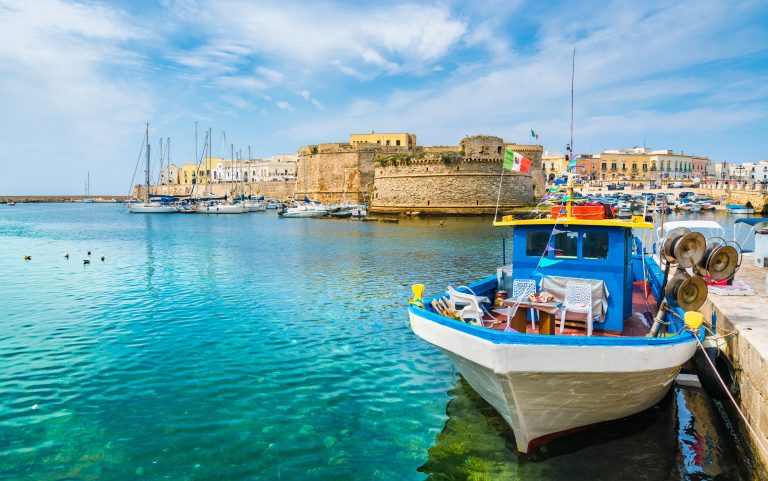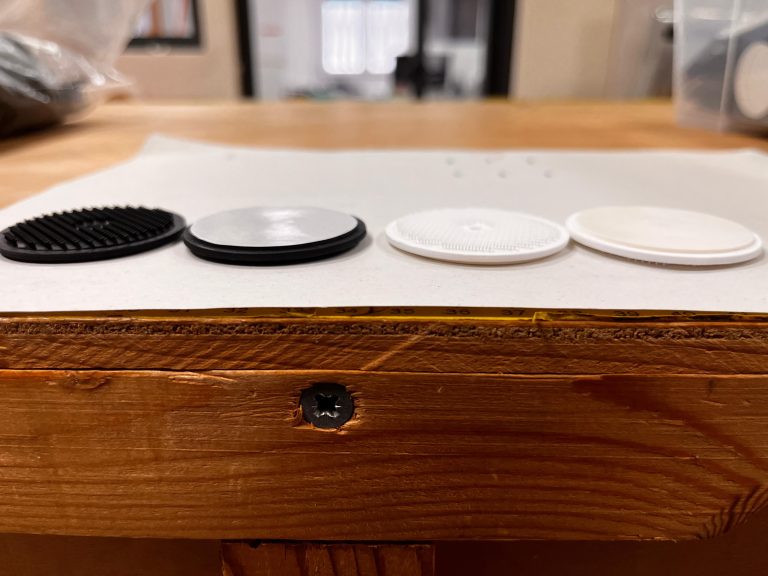 Verhoef and Norsafe have been working each on the development of electric-powered lifeboats.
Verhoef and Norsafe have been working each on the development of electric-powered lifeboats.
The workboat market is more and more using electric propulsion systems combining a bank of batteries with an electric motor, especially for harbour craft and ferries with easy access to charging points. However, diesel engines have long been the standard power units for lifeboats, because they currently offer a longer range than the one provided by electric-powered boats.
Dutch lifeboat specialist Verhoef and the Norwegian lifeboat builder Norsafe have been spending years in the research and development of electric-powered lifeboats aiming at getting better reliability and reducing maintenance costs.
The electric propulsion system causes additional weight because of the batteries that have to be fitted into the lifeboats: this can be partially balanced by the reduction in the capacity of the air bottles on board, as electric propulsion only required it to maintain the internal atmosphere and not during the initial evacuation. Moreover, particular attention has to be paid to the battery installation in order to insulate the batteries from the high G-forces that can result from the freefall into the water.
Verhoef claims that maintenance costs will be reduced: the concept was in fact developed from the experience of their maintenance crews and the high cost involved with regular inspections and repairs on the traditional diesel engines. Verhoef suggests that the condition of the batteries and motor can be checked using established technology that can be simply plugged in to checking points on the installation. The company also claims that there is a higher level of safety and guaranteed performance can be combined with a 50% overall cost reduction on regular inspection and maintenance.
Verhoef is also studying the possibility to monitor the electrical equipment remotely so to detect problems at an early stage. This might lead to reducing the need for maintenance crews visits, with the travel to and from the rig adding a significant expense to the operation.
After years of research and development, Verhoef’s electric-propulsion system prototypes have been successfully tested on freefall lifeboats operating on offshore installations. The first freefall lifeboat tested is powered by an electric motor using the most advanced type of Li-Ion battery packs currently available. Compared to traditionally propelled lifeboats, the electric-powered ones provide a higher level of onboard comfort with almost no noise.
Norsafe has been working on a similar project in cooperation with classification society DNV-GL and the Norwegian Maritime Authority. A conceptual study has been carried out with one of their GES 45 lifeboats which involved both model and full-scale tests. Their prototype electric lifeboat is about to be launched and Norsafe claims that this new lifeboat will provide an environmentally friendly alternative to diesel-engined lifeboats.
The layout shows the battery container located near the stern with the electric motor ahead of it. The batteries are protected inside a water-cooled, ventilated and crash proof container. Like Verhoef, Norsafe claims a considerable number of advantages for electric power in lifeboats with a notable 90% reduction in the requirement for air bottles which is where a considerable saving in weight can be made to compensate for the increased weight of the battery system.
Norsafe also claims an estimated 95% less effort required for maintenance which should appeal to rig operators and this includes the benefits of being able to monitor and check the electrical installation from the shore to reduce the need for onboard monitoring. Norsafe claims that no parts of the system will require replacement during the 25-year design life of the system but it is not clear whether this applies to the batteries as well as the motor and propulsion system.







